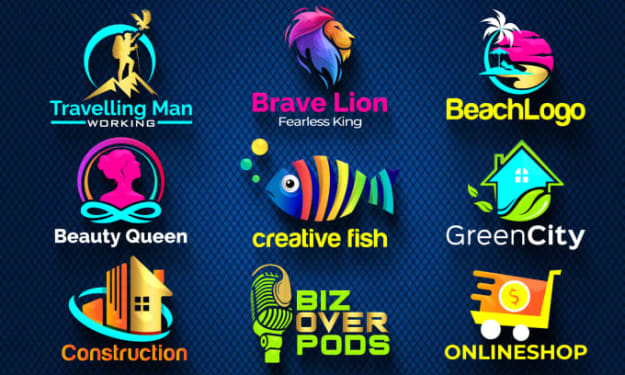
In the ever-changing environment of education, technological developments continue to change how students learn and interact with knowledge. Augmented Reality (AR) is one of these transformational technologies that is making tremendous progress. Augmented Reality, which is frequently linked with gaming and entertainment, is making its way into classrooms around the world, opening up new dimensions of interactive and immersive learning experiences.
Understanding Augmented Reality in Education.
Augmented Reality is a technology that superimposes digital information, such as photographs, videos, or 3D models, over the real-world surroundings. Unlike Virtual Reality (VR), which produces a fully immersive digital environment, Augmented Reality (AR) enriches the real world with digital content. In the educational context, AR has the potential to improve traditional teaching methods and create more interesting and interactive learning experiences.
Enhancing Learning Experiences
One of the key benefits of using Augmented Reality into education is the possibility to improve learning outcomes. In an age of endless digital distractions, traditional textbooks frequently struggle to hold students' attention. AR offers a solution by animating static images and text, making learning more interactive and engaging.

Experience the future now with XREAL Air 2 Pro AR Glasses
Consider a history lesson where students can utilize AR-enabled devices to scan photographs from their textbooks. Suddenly, historical people leap off the page, and important events unfold in front of their eyes. This immersive experience not only piques students' curiosity, but also improves their comprehension and memory of historical subjects.
Bridging the gap between theory and practice.
Bridging the gap between theoretical knowledge and practical application has long been a challenge in education. Augmented Reality provides a unique approach by allowing pupils to see abstract topics in a physical sense. In science, for example, students can utilize augmented reality to examine virtual anatomy models and dissect virtual organisms without the need for physical specimens.
In vocational training, augmented reality can imitate real-world scenarios. Medical students, for example, can practice surgical operations in a virtual environment to hone their skills before entering the operating room. This hands-on approach not only builds confidence but also shortens the learning curve for practical skills.
Customized Learning Paths
In terms of education, one-size-fits-all does not apply. Students have diverse learning methods, speeds, and interests. Using Augmented Reality, educators may personalize learning experiences to individual requirements. AR apps can give personalized content based on a student's progress, ensuring that each learner receives the right assistance and challenges for their level.
Consider language learning software that employs augmented reality to generate virtual environments in which students may practice conversing with digital characters. The difficulty level adapts depending on the student's performance, ensuring a personalized learning path that addresses individual requirements and skills.
Fostering collaboration and social learning.
Education is more than just receiving information; it also involves teamwork and social engagement. Augmented reality adds a social layer to learning by allowing students to collaborate on projects and share experiences in real time, independent of their physical location.
For example, an augmented reality app may support collaborative brainstorming sessions in which students from various locations submit ideas to a shared virtual space. This not only encourages teamwork but also prepares kids for the collaborative aspect of today's industry.
Overcoming Educational Barriers
Augmented reality has the ability to remove geographical and economic obstacles in education. Students in remote or underdeveloped locations with limited access to excellent education can benefit from world-class learning experiences thanks to AR. AR democratizes education by offering virtual field excursions, interactive classes, and collaborative projects, making it more accessible to a wide spectrum of learners.
Furthermore, AR can meet the needs of students with diverse learning abilities. For example, children with visual impairments can benefit from AR applications that provide audio descriptions or tactile feedback, guaranteeing inclusivity in the classroom.
Challenges and Considerations
While augmented reality has enormous promise in education, it is important to realize the obstacles and implications. The practical problems include implementation costs, the requirement for specialized gear, and educators' learning curves. Furthermore, assuring the creation of high-quality, curriculum-aligned AR material necessitates coordination among educators, content developers, and technological specialists.
Furthermore, the use of AR in educational contexts raises privacy and ethical considerations that must be carefully considered. Protecting student data and providing a secure digital learning environment are critical.

Experience the future now with XREAL Air 2 Pro AR Glasses
The future of augmented reality in education.
As technology advances, the role of augmented reality in education is expected to grow. The continued development of increasingly affordable and user-friendly AR devices, together with the creation of diverse and curriculum-aligned content, will help to accelerate AR's acceptance in classrooms around the world.
Educators, lawmakers, and technology developers must work together to ensure that the use of augmented reality conforms with educational goals and standards. Investing in teacher professional development, supporting research on the efficacy of augmented reality in education, and addressing access and equality problems will be critical to realizing the transformational technology's full potential.
To summarize, augmented reality is more than just a tool for improving education; it is the catalyst for a paradigm shift in how we approach learning. AR has the potential to transform the educational landscape by promoting engagement, personalisation, collaboration, and diversity, preparing students for the challenges and opportunities of tomorrow.
----------------------------------------------------------------------------------------
This article contains affiliate links; this is where you will get your products. This means I will get a commission when you make a purchase, which I would greatly appreciate. This, however, does not mean your purchase cost will be added. I wish you good luck as you chase your goal.






Comments
There are no comments for this story
Be the first to respond and start the conversation.